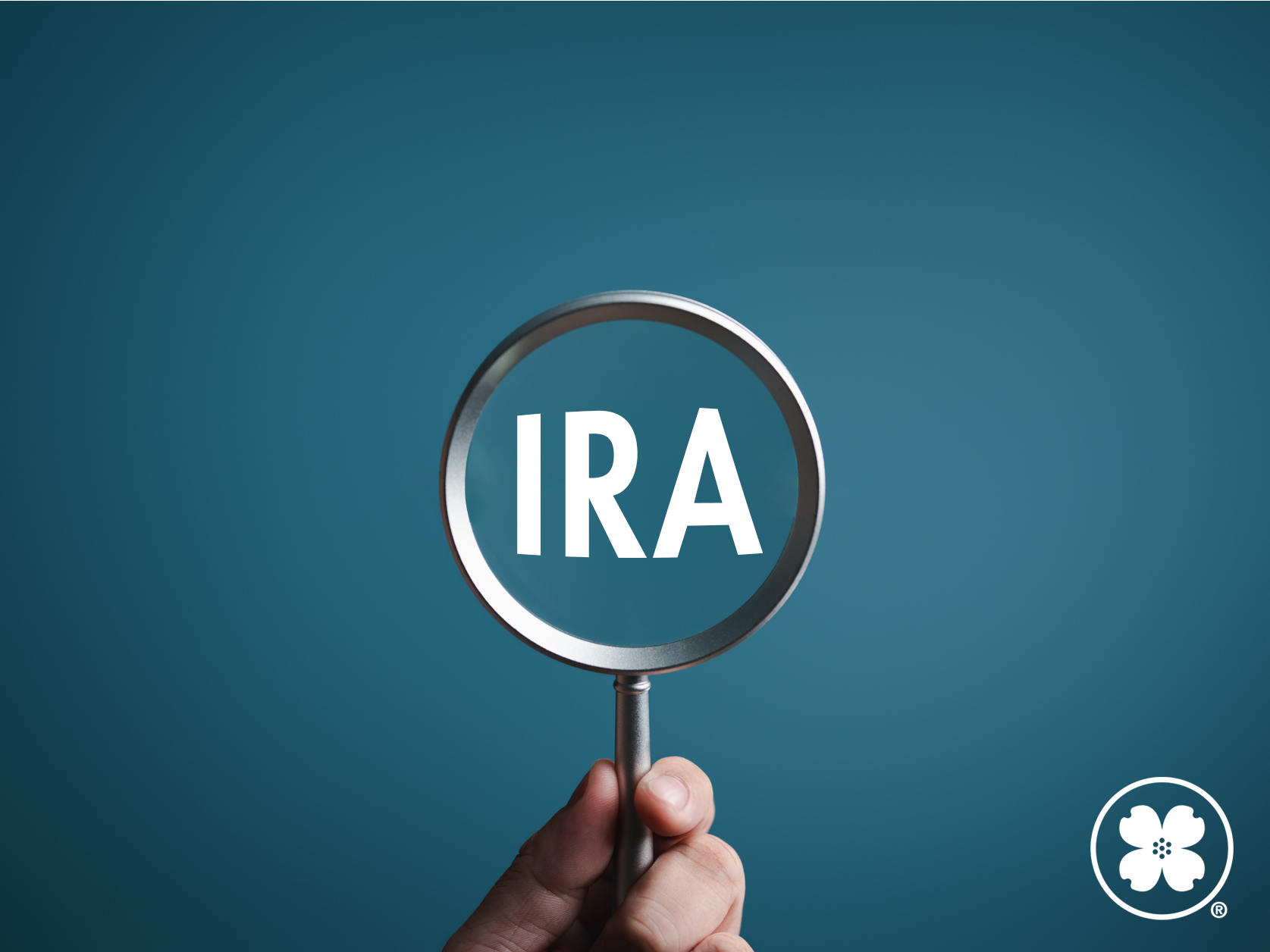Learn the key differences between IRAs and 401(k)s, including tax benefits, contribution limits, and withdrawal rules to help you choose the right retirement plan for your financial goals.
By Justin Setser, CFP®, Assistant Vice President & Relationship Manager
My wife and I were lucky enough to welcome our first child last August. Along with the joys of parenthood, came the alarming awareness of responsibility for someone else and their future. As hopeful parents, that our daughter would want to attend college one day, we were quite shocked when we looked into future college expenses.
Today, the average cost for an undergraduate degree at a large, public, in-state Missouri school is around $25,000 per year ($100,000 for four years). Fast forward 18 years, assuming 6% percent inflation,and the cost increases to $264,000 for the same four year degree. This disturbingly large number makes it easy to understand why college education expenses are at the forefront of many people’s minds.
Deciding when and how to save for a child’s future college education, while saving for your retirement, is quite a balancing act. These goals are constantly competing with each other. Both require planning, money and patience.
Some people choose to concentrate all their efforts on maximizing their retirement savings and then draw on these funds for college expenses. If college tuition is paid for out of a retirement account over several years, it’s almost impossible to predict what will be in the retirement account after college. This could cause a severe retirement savings shortfall, and lumping college savings and retirement together in this manner can cause confusion. Some choose to save for their children’s college expenses first and worry about retirement later. To help increase the odds of achieving both of these goals, financial planning professionals often suggest establishing dedicated college savings accounts.
Maximizing tax advantages
There are several different types of college savings accounts. Each type offers tax benefits that help make it easier to save for college while possibly reducing the tax burden.
With 529 college savings plans and Coverdell Education Savings Accounts (ESAs), any earnings grow federal income tax-deferred. This means that any withdrawal(s) taken to pay for qualified higher education expenses; such as tuition, fees, and room and board, are free from federal income taxes. Many states also offer additional tax benefits to residents who use their home state’s 529 plans. If a child gets a scholarship they are not penalized with the 529 plan. The beneficiary designation can be changed to another family member. Or worst case, if there is not another beneficiary who can use the 529 account; the former 529 tax-free investment has become a 529 tax-deferred investment. The earnings withdrawn would be ordinary income, and normally there would be a 10% penalty on the earnings amount, but the penalty is waived when scholarships are the reason.
With custodial accounts, such as a Uniform Gift to Minor Account (UGMA) or a Uniform Transfer to Minor Account (UTMA), part of the investment earnings may be exempt from federal income tax. Some or possibly all of the earnings could be taxed at the child’s tax rate, which is generally lower.
Another advantage of a dedicated college savings account is that it is relatively simple for gifts from family, friends or others to be deposited directly into the account. This is not usually the case with retirement accounts. For example, a 401(k) plan can only be contributed to through salary deferral.
Retirement account withdrawal rules can be complicated
The IRS permits penalty-free, early distributions to be taken from IRAs for the purpose of qualified, higher education expenses. When a distribution is taken from a traditional IRA or Roth IRA to pay for college before age 59 ½, persons are generally exempt from the 10% early withdrawal penalty. If the proceeds of the distribution represent the contributions (rather than earnings) from a Roth IRA the distribution is not usually subject to taxes. Roth IRA distributions are tax free and penalty free, assuming the five year aging requirement has been satisfied and one of the following conditions is met: age 59 1/2, disability, qualified first-time home purchase, or death.
However, if an early withdrawal of earnings is taken from a Roth IRA, or any early withdrawal from a traditional IRA, taxes would be due on the portion of the distribution that would normally be taxed as part of an early withdrawal. For example, let’s say that you are in the 25% federal income tax bracket, and a 6% state income tax bracket. If you were to withdraw $10,000 from your traditional IRA for college expenses, you would owe $2,500 in federal income tax plus $600 in state income tax on this distribution. Uncle Sam just made the cost of college even more expensive (25% + 6% = 31%)! While student loans would not typically be the first recommendation, they typically come at a much lower rate than 31%.
Another downfall of taking retirement distributions for college expenses is that most colleges will treat 401(k) and IRA distributions as income when calculating financial aid for students. Income weighs more heavily than assets in these calculations, so 401(k) and IRA distributions might reduce the amount of financial aid a child can receive.
Prioritizing retirement savings
Many Americans need to prepare to live off of their retirement savings for 20 to 30 years or more, since longevity is on the rise. That being said, there is always an option to borrow money to finance the cost of college. There is no such thing as a retirement loan. Therefore,that is why it is often recommended to prioritize retirement savings before college expenses.
There are obvious complexities when saving for college and determining where to draw the appropriate funds from. This makes it all the more important to work with a tax preparer and trusted financial advisor on this journey. This will allow one to spend more time enjoying watching their children grow, and less time worrying about how to pay for their bright, and prosperous future.


